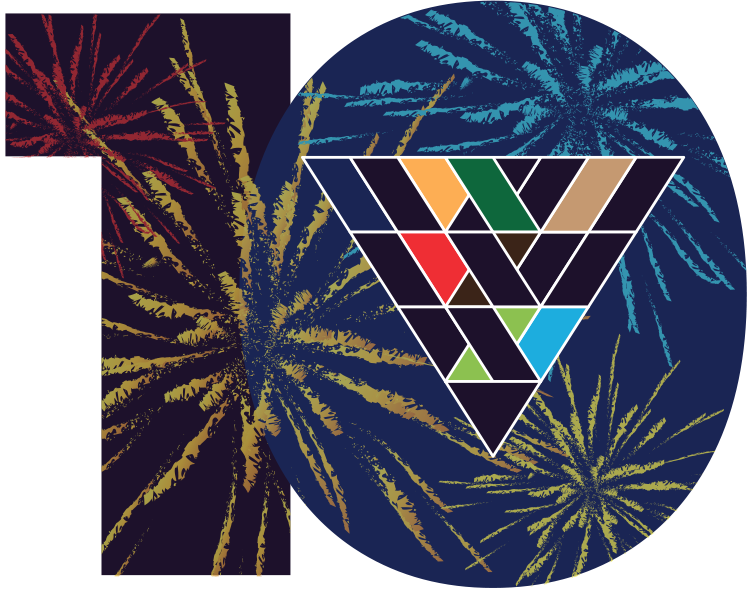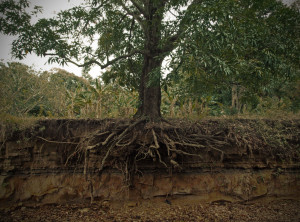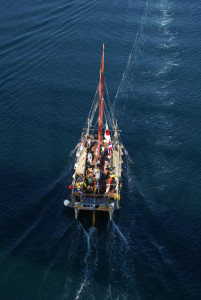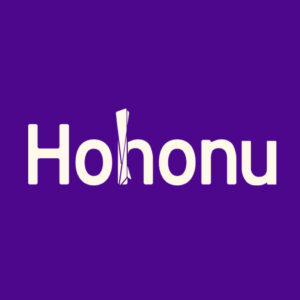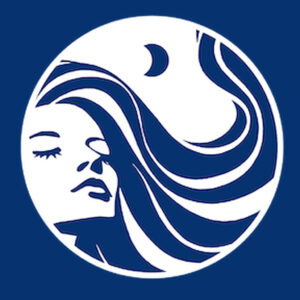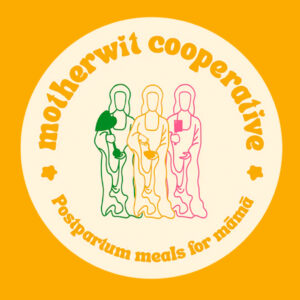Aloha friends, this is Kelsey. Last month I had the privilege of attending the first two days of this year’s Ethnomathematics and STEM Institute. None of our instructors could attend this year, so I applied and was surprised to be accepted. I’m really hopeful that as part of this year’s cohort I’ll learn a lot that I can share with our team at Purple Maiʻa. I’ll be blogging here about my experiences in the institute.https://www.youtube.com/embed/q66JyYCrJvM?version=3&rel=1&showsearch=0&showinfo=1&iv_load_policy=1&fs=1&hl=en-US&autohide=2&wmode=transparent
What is ethnomath? It’s the study of math as it is practiced by all people of all cultures, groups, ages–whatever. It’s studied by math educators as well as historians of mathematics and has ties to anthropology. A foundational idea is that there is not just one math–the math we learned in school. Rather, all cultures develop mathematical practices and applied technologies, and these are worth paying attention to.
Most of all, the project of ethnomath is a project of recovering cultural dignity for all peoples because ethnomath helps people strengthen their roots.* I’ll get back to that idea in a second.
“Ethnomathematics fits into this reflection about de-colonization and the search for real possibilities of access for the subordinated and marginalized, and the outcast, or excluded. The most promising strategy for education in societies that are in transition from subordination to autonomy is to restore dignity to their individuals, recognizing and respecting their roots. Recognizing and respecting an individual’s roots does not signify rejecting the roots of the other, but rather in a process of synthesis, reinforcing their own roots. This is, according to my thinking, the most important aspect of ethnomathematics.” –Ubiratan D’Ambrosio, Brazillian math educator and ethnomathematics pioneer
The Institute here in Hawaiʻi that I’m attending is run by a group of beautiful educators and led by Linda Furuto, who is a hard lady to keep track of between her work as an associate professor of math education and apprentice navigator taking part in the worldwide voyage.
Furuto and her team have put together something really special with this Institute. This is no boring PD workshop. On our first day of orientation we were taken on a sail on Hikianalia (the sister waʻa to Hōkūleʻa) and got a crash-course in navigation with the star compass from apprentice navigator Haunani Kane. Our homework was to journal about our experience and practice three chants that we’ll be using throughout the yearlong institute to enter spaces and ask for knowledge. On the second day, we dove into curriculum design but still had time for everyone to introduce their roots by presenting makana from our homes.
So how does ethnomath strengthen our cultural roots?
The quick answer is that ethnomath is experiential and applied, so it allows the learner to build relationships with people and other entities. In many cases, these relationships are the same ones our ancestors had, so not only are we building relationships with the natural world, we are gaining understanding of our ancestors and strengthening our relationships with them as well.
For example, a navigator in training is building her relationships with the ocean, winds, stars, waʻa and crewmembers; she needs these in order to successfully get from point A to point B. From what Haunani Kane described during the institute, it seems like navigators are constantly checking in with these entities to see what is going on with them and what that tells you about where you are.
So taking an ethnomath approach means that you are not only having students do abstract math on a chalkboard, or read about scientific theories in a textbook. They are also having intimate experiences on the land and solving technical problems hands-on. Students not only gain conceptual understanding of an idea, but they also develop the kinds of relationships that Hawaiians and other Indigenous cultures know to be essential.
I don’t know about you, but I know that I feel many of the most important relationships a human being can have–the relationships that my own ancestors had several generations back–have today atrophied. When we don’t know how to check in with the important entities around us, we don’t know who we are, and we don’t know how to live.
The hopeful message I took away from the first two days of this institute is that despite disuse or mystery, our relationships are still there, waiting to be reclaimed. It’s doing the research, putting yourself out there, and trying out cultural practices that generates relationships and reveals and strengthens our (sometimes) hidden roots.
*See Ethnomathematics: Link between Traditions and Modernity by Ubiratan D’Ambrosio
